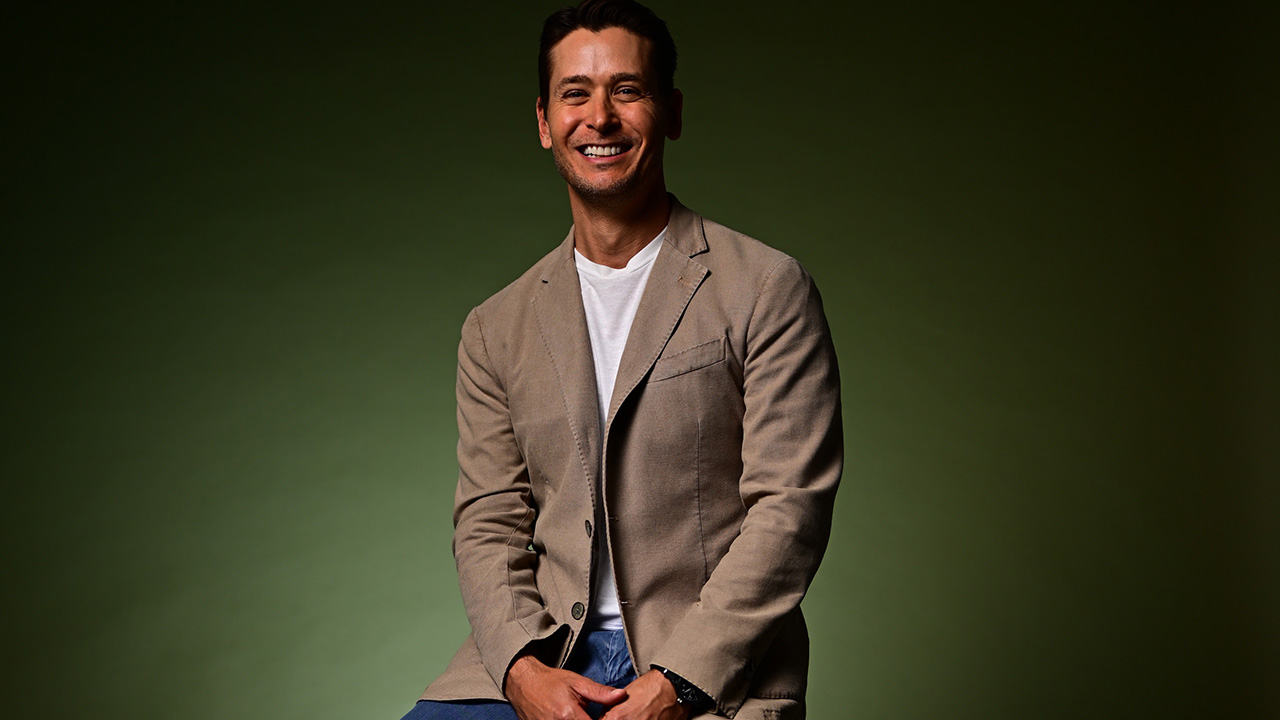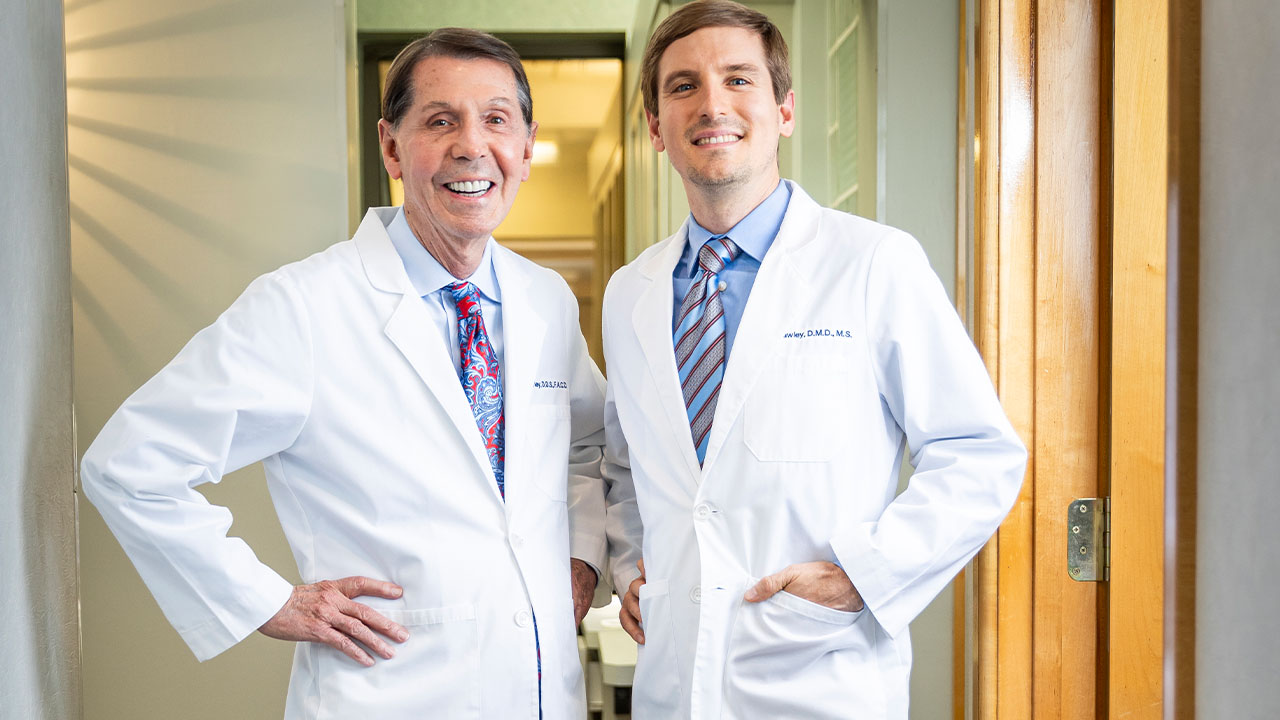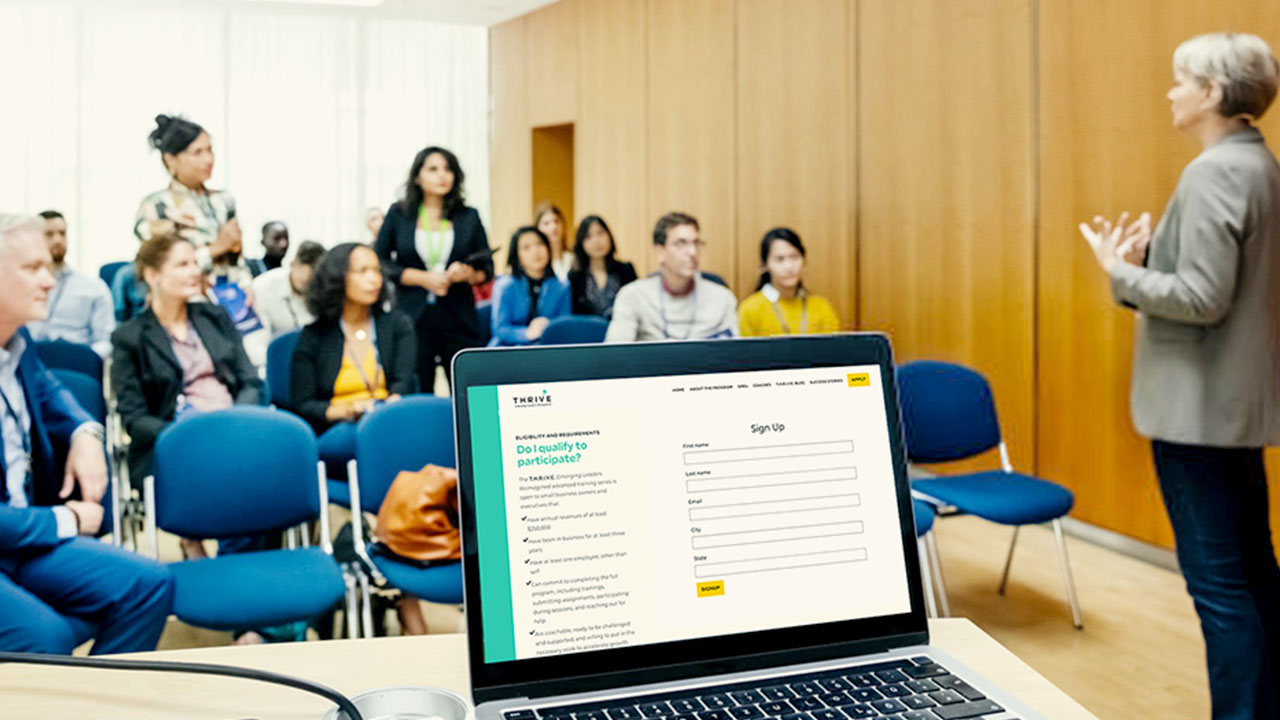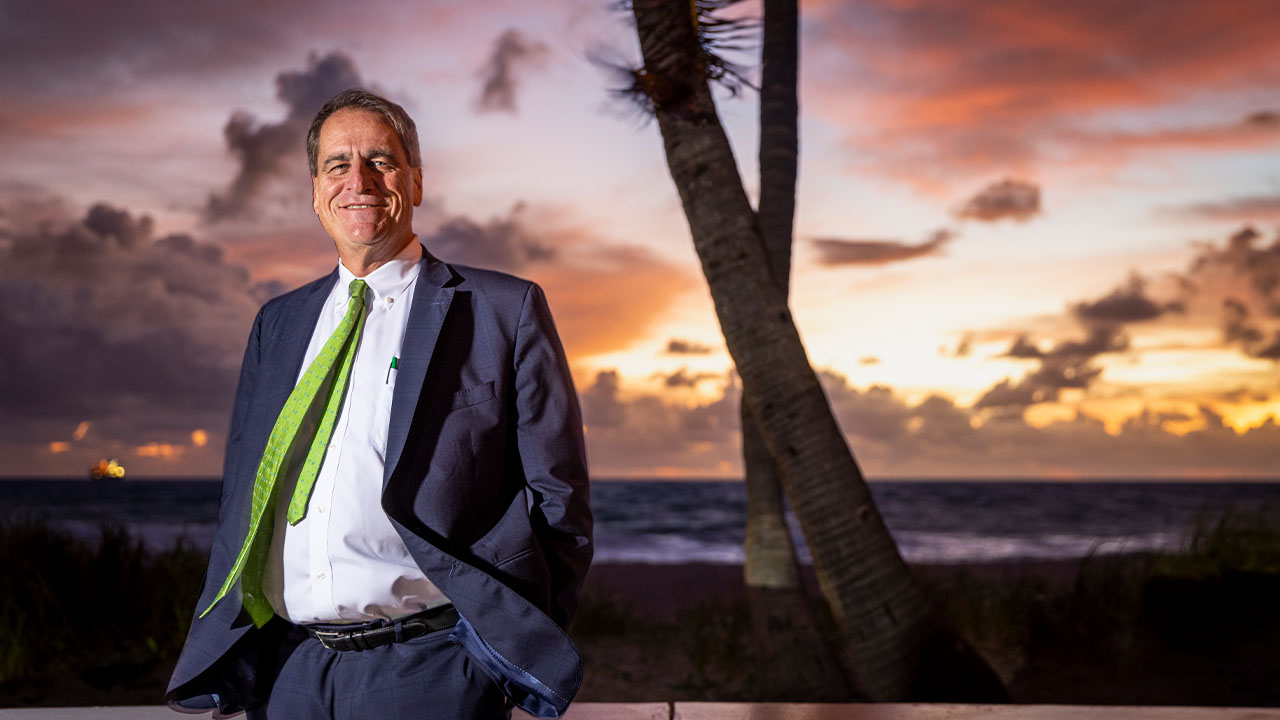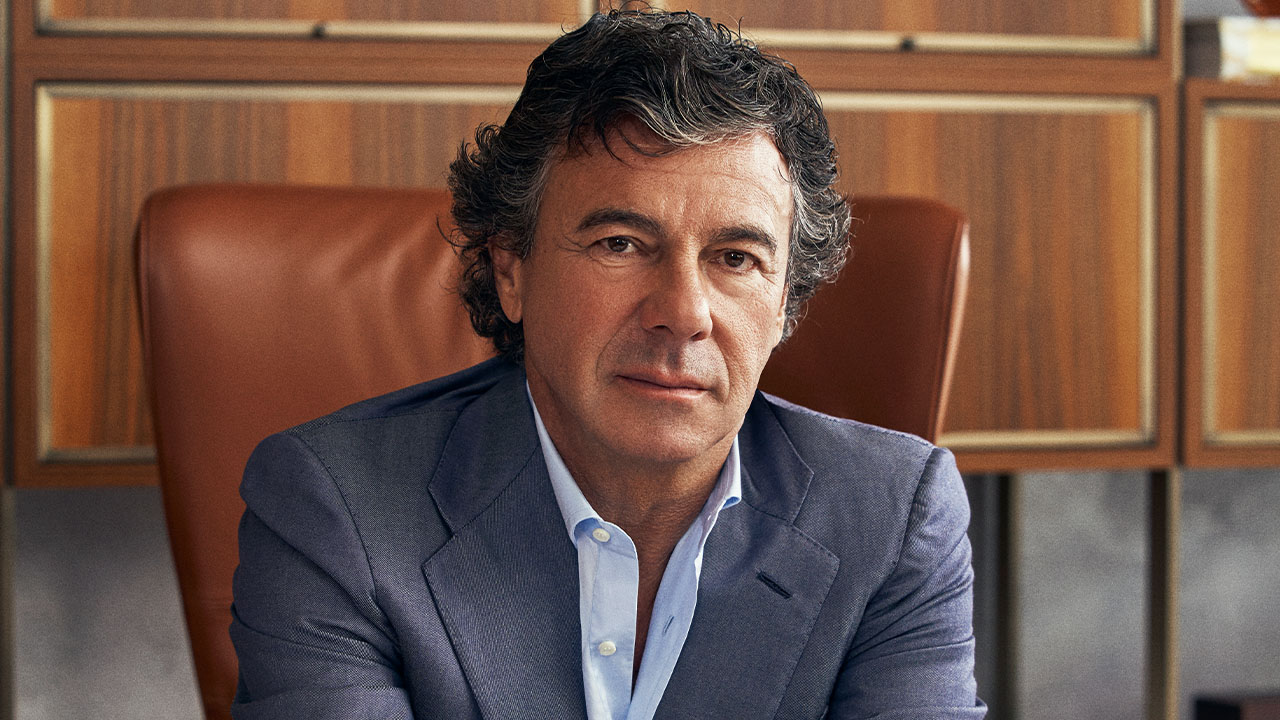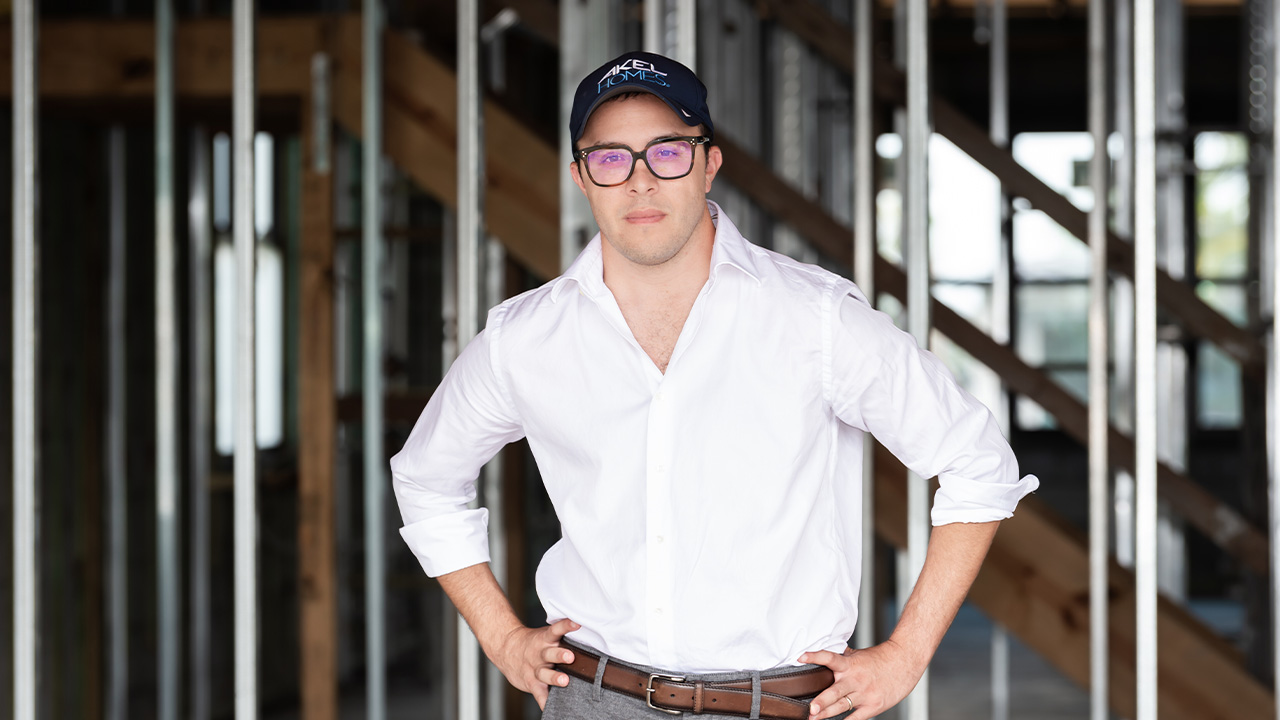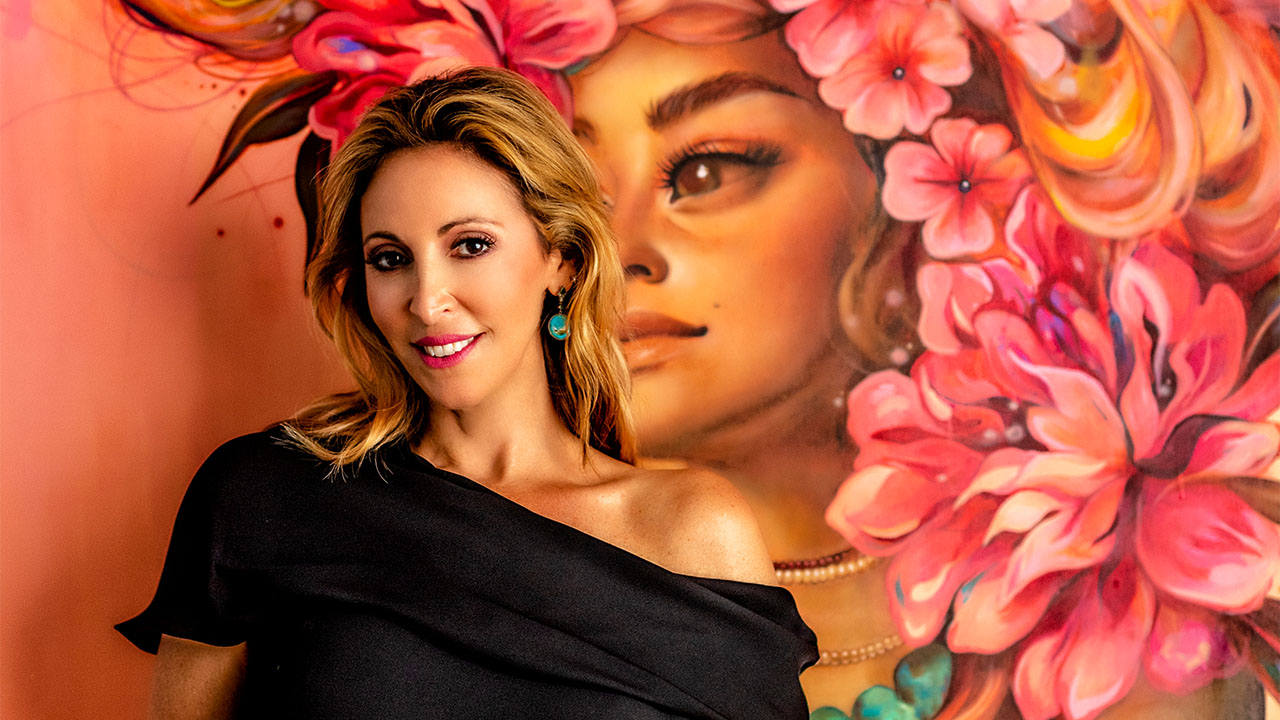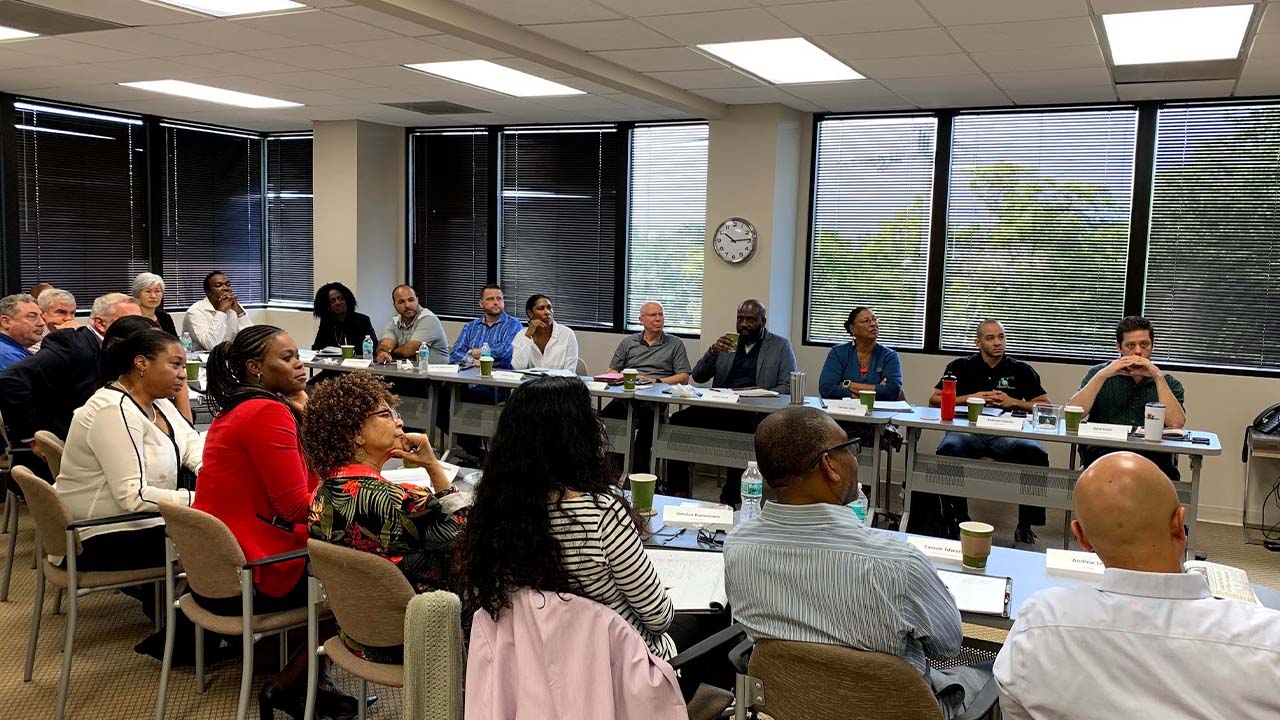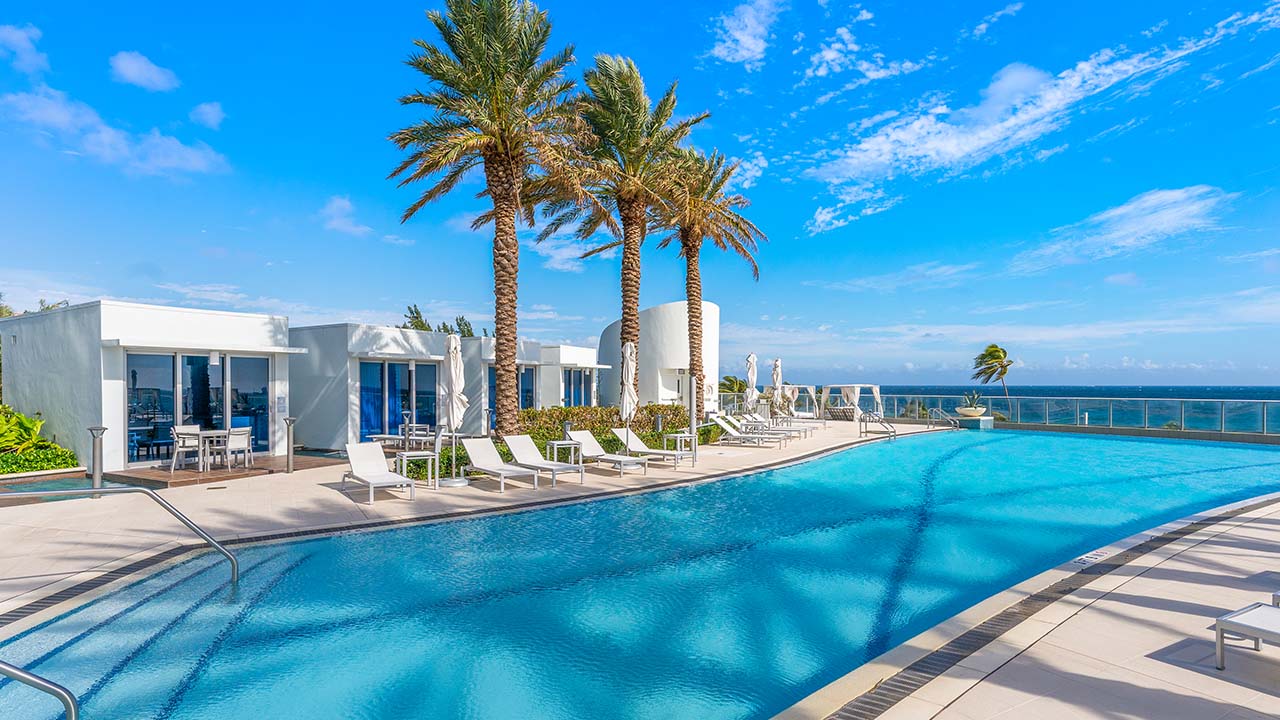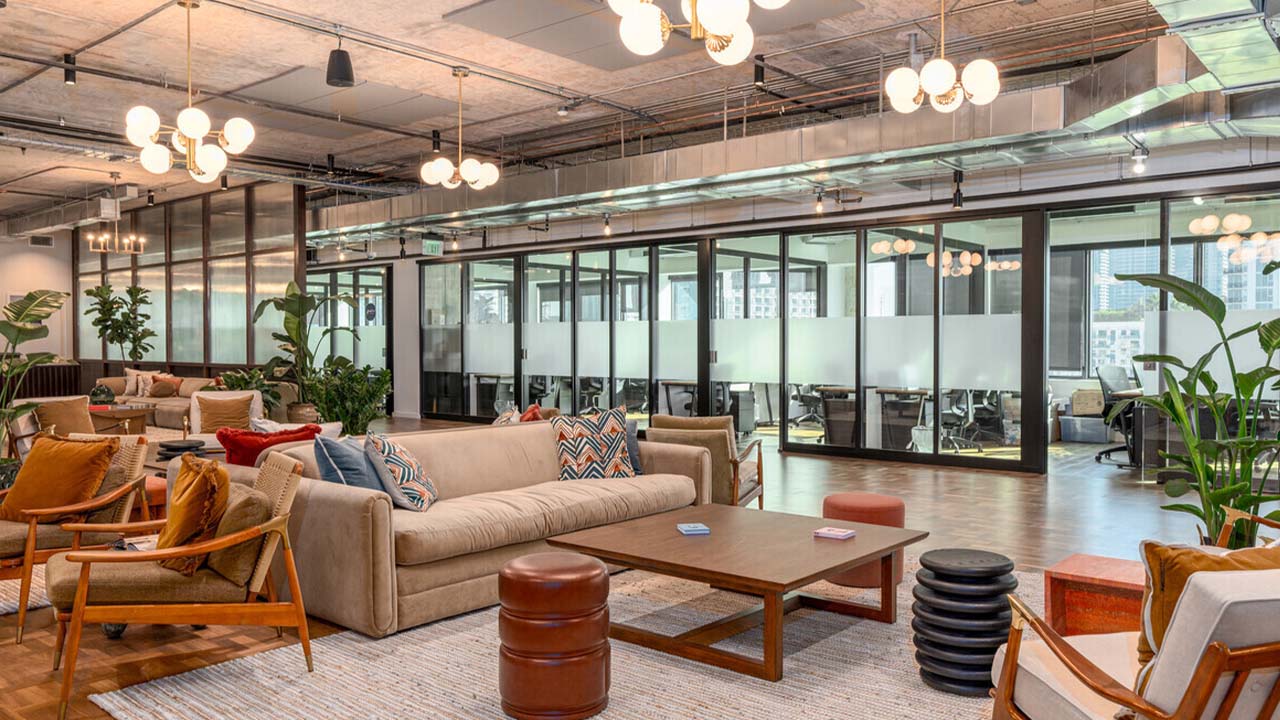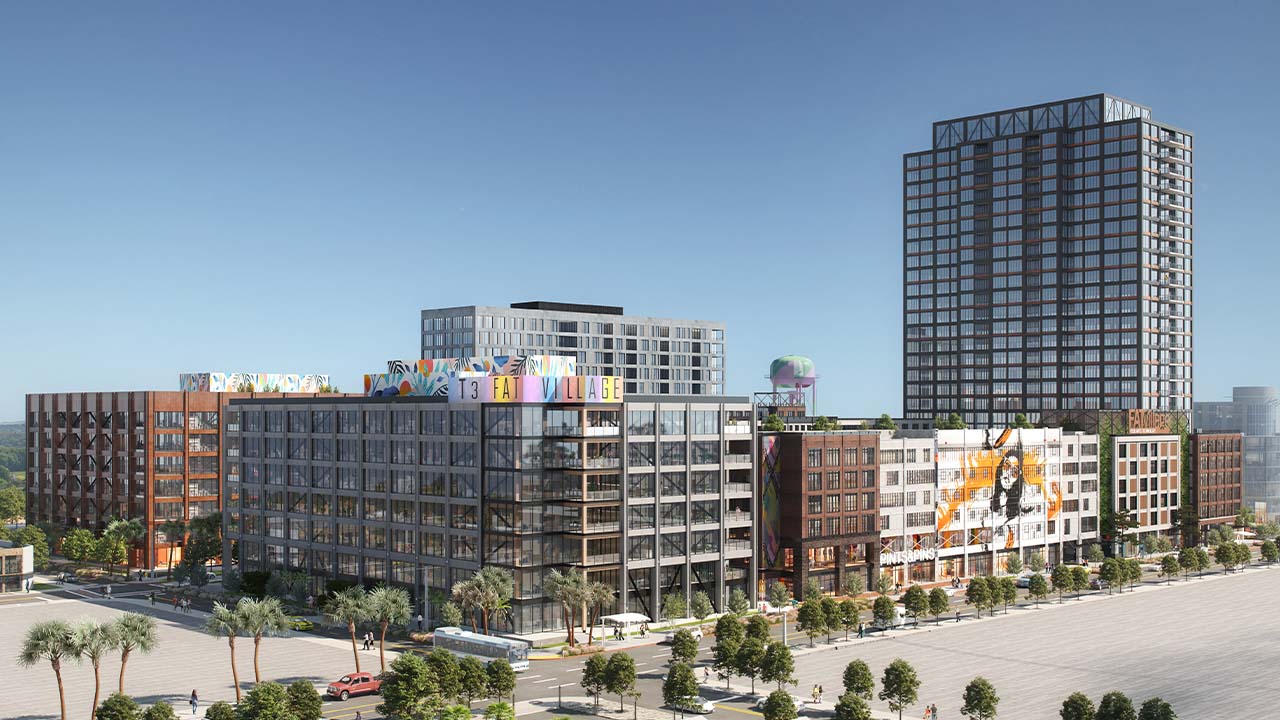“All my real estate experience is focused on human experience and that’s more in the retail, public realm, placemaking and the commercial environment,” says Joe Furst, the founder and managing principal of the five-year-old Place Projects, which has a current portfolio that includes Wynwood, West Palm Beach, Doral and St. Petersburg.
A graduate of the University of Miami School of Law, born and raised in Miami, Furst is not the guy to simply put up a tower, as he explains: “I’m not a multifamily or condominium developer who builds that type of product. What I focus on, what I really do, is try to think about a vision for a place, a planning and zoning framework that suits the vision for the place, if it’s not already in place. It’s about working to understand how to best mold the right types of planning and zoning policies to create the right outcome for a place. Then I would consider the content creation side, the human experience of a place, which is what a place looks like and feels like, and how is that communicated through content to consumers. Then, as it relates to the additional, vertical development that surrounds that place, it’s about finding the right development partners to continue that vision, whether it’s the residential, office or hotel space.” The dashing young executive spoke to SFBW about what it takes to envision all this—and then execute it.
It sounds like what really excites you is the deal putting together, the different elements.
It’s the deal, but it’s more the hardware and the software of the place. I look at my work, generally, as being divided between hardware and software.
What are some examples?
So, you have hardware—good building bones, the actual brick and mortar, the character of the real estate, how the road networks work in and around an area where you’re trying to create a unique place and destination. That involves how the grid system works within that destination to see if there’s a way to create good connectivity in a neighborhood. Then as you go a little bit further away from your specific, focused area, you ask what does a city have to offer, as it relates to public spaces, public benefit? Where are you located geographically, from a hardware side, that makes a compelling place to be, whether it’s close to water or close to highway networks or close to good arterial networks. That’s all the hardware, whether the place has the bones and the grid to make sense.
And the software?
That’s the next piece, which is equally if not more important. What’s the software of your neighborhood and in the surrounding area? What are the cultural institutions that exist? What is the current makeup of the food and beverage scene that make a place compelling? What’s there that’s of interest, and then what’s not there? What I do when I’m trying to develop a neighborhood is find out the identity of that neighborhood, and how that identity fits within the broader city, and what are the elements that you can bring to the neighborhood that differentiate that place from the surrounding area or from the city at large?
You know a lot about the real estate scene in New York. When we started emerging from the pandemic and it became clear that South Florida really exploded as a desirable place to live, work, set up a business, some said that we would surpass New York as a financial capital. Is that true, or is the cliche about being the sixth borough of New York more enduring and accurate?
That’s an interesting question. I feel like we’re more likely the sixth borough, but I think what’s more interesting is that South Florida used to be a place New Yorkers would come to in a more transient manner, to get away from the cold, from a tourism and hospitality perspective. The difference now, post-COVID, clearly, is that there’s more permanence to some of those relocations. The connectivity we’re seeing now is not based on just leisure and travel; it’s now based on permanence.
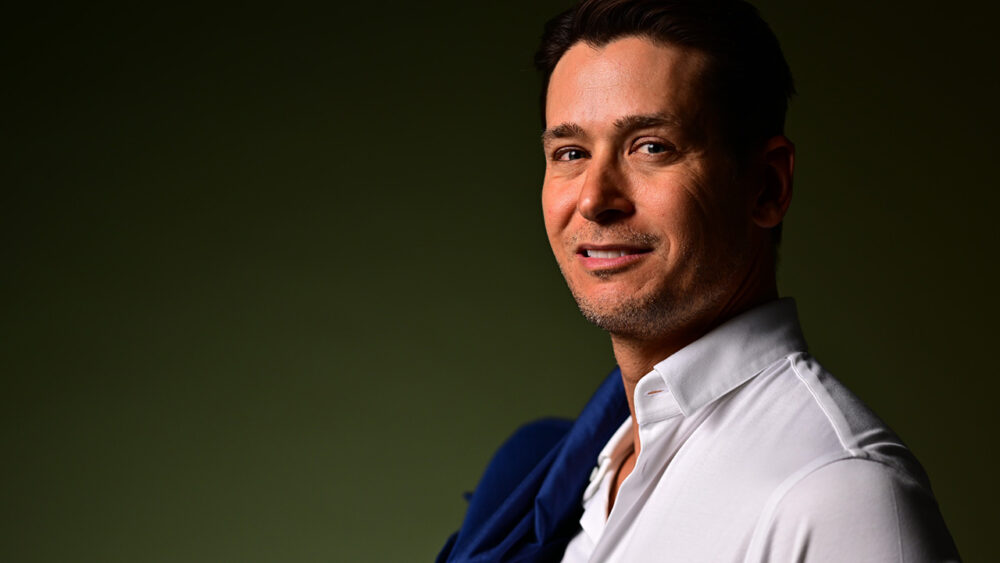
Why did you go to law school?
I went to Ransom Everglades for high school and then went to Hamilton College. In college, in my senior year, there was a family visiting day. My mother and father came up and my father asked me, “What are you going to do next year?” And I said, “Well, I haven’t really found my passion yet. I think I’m going to pick up a job and try to figure it out,” and he said, “Hell, no, you’re not. I think that you need to go to law school, you need to get a trade. You need to get a diploma on the wall that allows you to get a job.”
Sounds familiar. He must have talked to my father.
So, I grudgingly applied to law school; actually, I applied only to University of Miami because I was sort of ready to come back to Miami. After law school, I ended up getting a job as a lawyer doing litigation work, and my office was on the 54th floor of the Southeast Financial Center at 200 South Biscayne. The floor above me was the Miami City Club. I was in the highest office floor in Miami at the time, from 2004 to 2006, and the reason why that’s relevant is that I’d always had an interest in places and trying to understand them, but I didn’t have any appreciation or knowledge of how real estate and places develop, how our cities develop. But during that time, from 2004 to 2006, from my office at 200 South Biscayne, it was like a sea of cranes, because this period was one of the boom times of Miami. And I used to sit up there—I was not really interested in my legal practice—wondering how all that happened and how those projects came together, and I decided to pivot and go to business school and get a masters in real estate at the University of Florida, which I started in 2006 and completed in 2007. So, that’s sort of my transition from practicing law into the real estate business. I felt that I needed that additional educational component because I went to a liberal arts college and I didn’t have any technical real estate know-how, in terms of finance or the development process.
You just looked out the window and your destiny was literal. Why the University of Florida?
I applied to University of Florida because I was dating a girl who I was very much in love with, who is my wife now, who was going into her third year of law school in Florida. I finished in May of 2007, and we were at the beginning of the Great Recession, and I had to go back to practicing law because there were no real estate opportunities that seemed to make sense for me at the time. And I went back with one foot in and one foot out, looking for another real estate job. The point of the story is I don’t have family in real estate, I didn’t really have a network in real estate, so I was just trying to meet people the best way I could. I ended up taking a tour of the Goldman Properties’ Miami Beach portfolio, and it was the first time that I’d ever seen something that spoke to me professionally the way that this did.
How so?
A community developer is somebody who takes a place and improves upon it by doing work with government relations, with hospitality, with thoughtful programming and development. That hospitality piece was very interesting to me. At the time, Goldman Properties was not just the real estate player, but was also an operator of food and beverage and hotels, and I was completely enamored by it. I’d never seen anything like that or understood anything like that. From that point forward for the next six or seven months it just became my mission to try to get a job at Goldman Properties, and so I penned a letter to Tony Goldman—literally, I think, every week—and finally Tony Goldman took a meeting with me [Tony Goldman was a major figure in the redevelopment of Wynwood, South Beach and New York’s SoHo neighborhood.]. And I was offering to work for free. And Tony said, “Obviously, you’re persistent. I think we have a need—we’re starting this project in Wynwood.” The rest is history from that point forward.
Can you describe what you did at Goldman initially, and your relationship with Tony?
My experience at Goldman properties when Tony Goldman was alive was really a beautiful mentorship. My biggest takeaway in working with Tony is the idea of vision. Tony had an expression that I think is great: “Vision is daydreaming with your feet on the ground.” That basically means thinking about all kinds of things outside of the box, but always with a base or grounding in reality. Working with Tony—the ideation of creating space and the right types of tenants and the right types of content curation—really shaped the way that I view real estate and the opportunities of real estate. So, for the first four years of my career working with Goldman Properties, my relationship with Tony was very important and very influential in my career, and as far as other individuals at Goldman Properties, it was a great team to work with.
How would you describe what happened after those first four years?
During the second phase of my experience at Goldman Properties, I had the opportunity to raise outside capital and to take the Wynwood portfolio from more of a typical family business into a more organized and sophisticated joint venture business with a set of outside partners. That really allowed us to advance the neighborhood in a much quicker manner to where it is today. What I mean by that is, previous to our recapitalization, we were typically doing about a project a year. Once we recapitalized the portfolio—which, just by coincidence was around the same time as Tony’s passing in 2012, and people had concerns as to what Goldman Properties was going to do in Wynwood after Tony’s passing—the year after Tony passed, we did eight projects and created the beginnings of the creative office market there, really drove a lot of the great entrepreneurial creative class businesses. That’s when we brought in Zak the Baker and capitalized it, and the same with Panther Coffee and the Miami Light Project, and all these great institutional tenants that really created the nature and the fabric of Wynwood, and gave it its sense of place. All these came, unfortunately, after Tony’s passing, so he didn’t get to see the fruits of that labor.
And what about the Business Improvement District piece?
The other big component of that time period was that in 2013, I founded and led the Wynwood Business Improvement District. Business improvement districts typically are focused on marketing, safety and cleanliness, but our business improvement district did those things and also acted as the policy engine for the planning and zoning of what Wynwood’s future would be. I chaired the Business Improvement District from 2013 until my term limits were up in 2019, and that’s how we did all the planning and zoning overlays and work—work that we subsequently won an American Planning Association award for—that has led to the multibillion dollars of investment in Wynwood.
And that continued for a year as you were segueing into Place Projects, right?
I departed from Goldman Properties in in 2018. There were certain projects that I had initiated while at Goldman Properties; these were projects that I was leading that either had some Goldman Properties affiliation or some Goldman Properties investment. Those projects included building out the retail portfolio on the West Coast of Florida in St. Petersburg. There’s another project called 545 Wyn, which is an office project that is developed on land owned by [the CEO of Goldman Properties] Scott Srebnick and his family. So, we put together that project with Sterling Bay. And then I also had the Doral Yard project, which was a partnership between myself and Della Heiman Goldkind, who was the original founder of the Wynwood Yard. So, I had these other businesses that were ancillary to my Wynwood work and Goldman Properties work going on, and in 2018 it seemed the most logical next step to continue doing those things—but under my own company. So I left Goldman Properties in the summer of 2018 to start Place Projects. Goldman was very supportive of those endeavors. Goldman Properties and I built a portfolio in Doral together, which we still own and operate together. There wasn’t any drama in any way, shape, or form. It was just a matter of my own personal growth.
What is the guiding spirit of Place Projects?
I went into Place Projects with two ideas. Number one: I was not very good at being in, and did not want to manage, a large team. And number two: I have the belief that people are generally good and that different people bring different and good things to the table, so it was built on the premise of collaboration.
Photos by Nick Garcia



